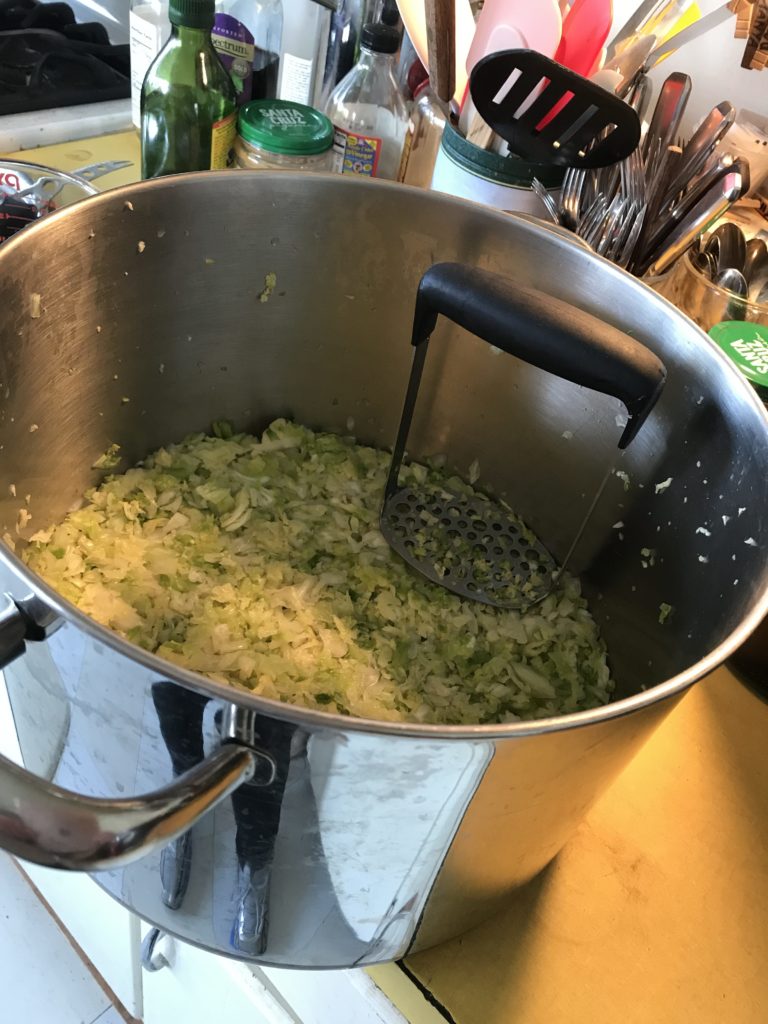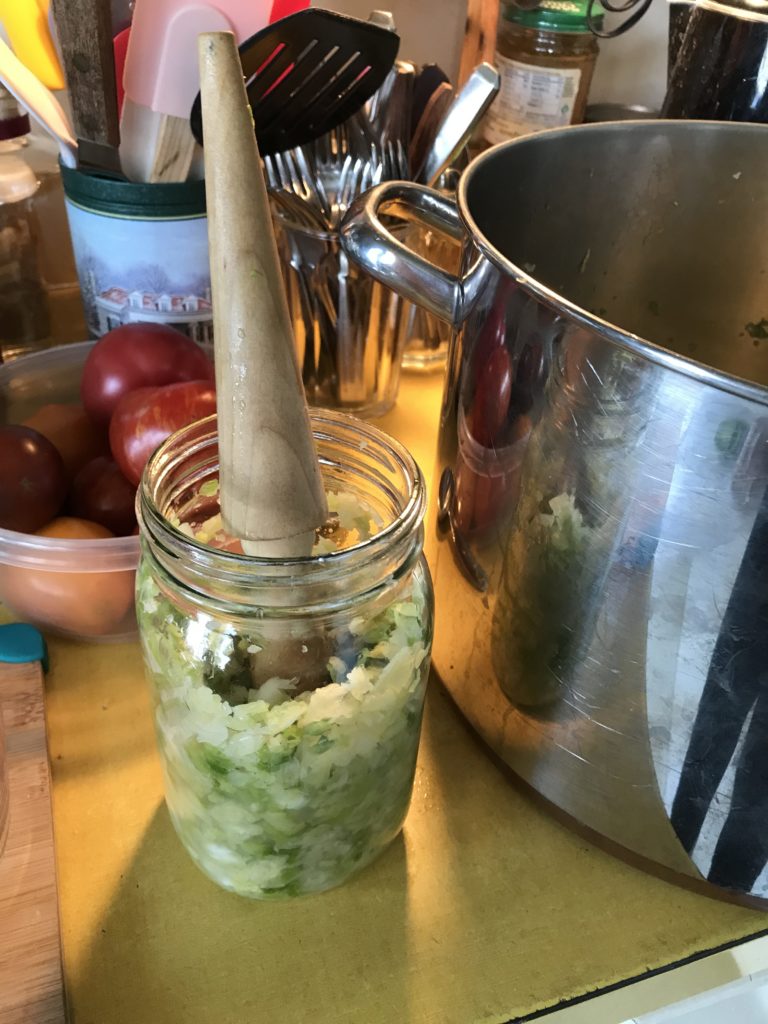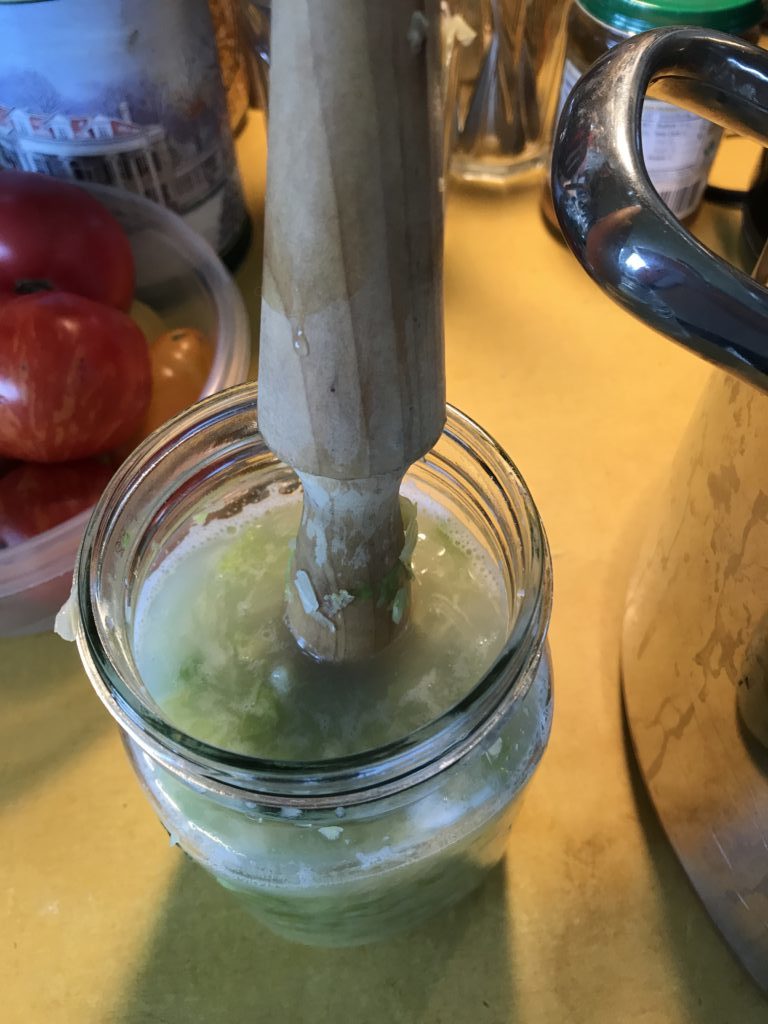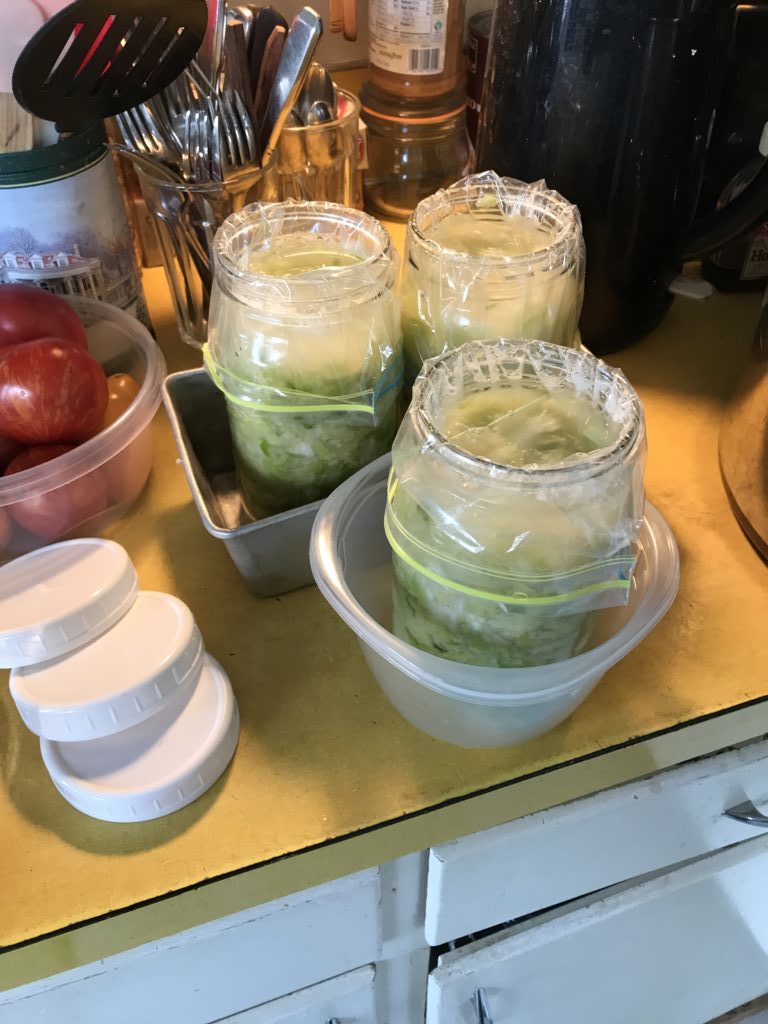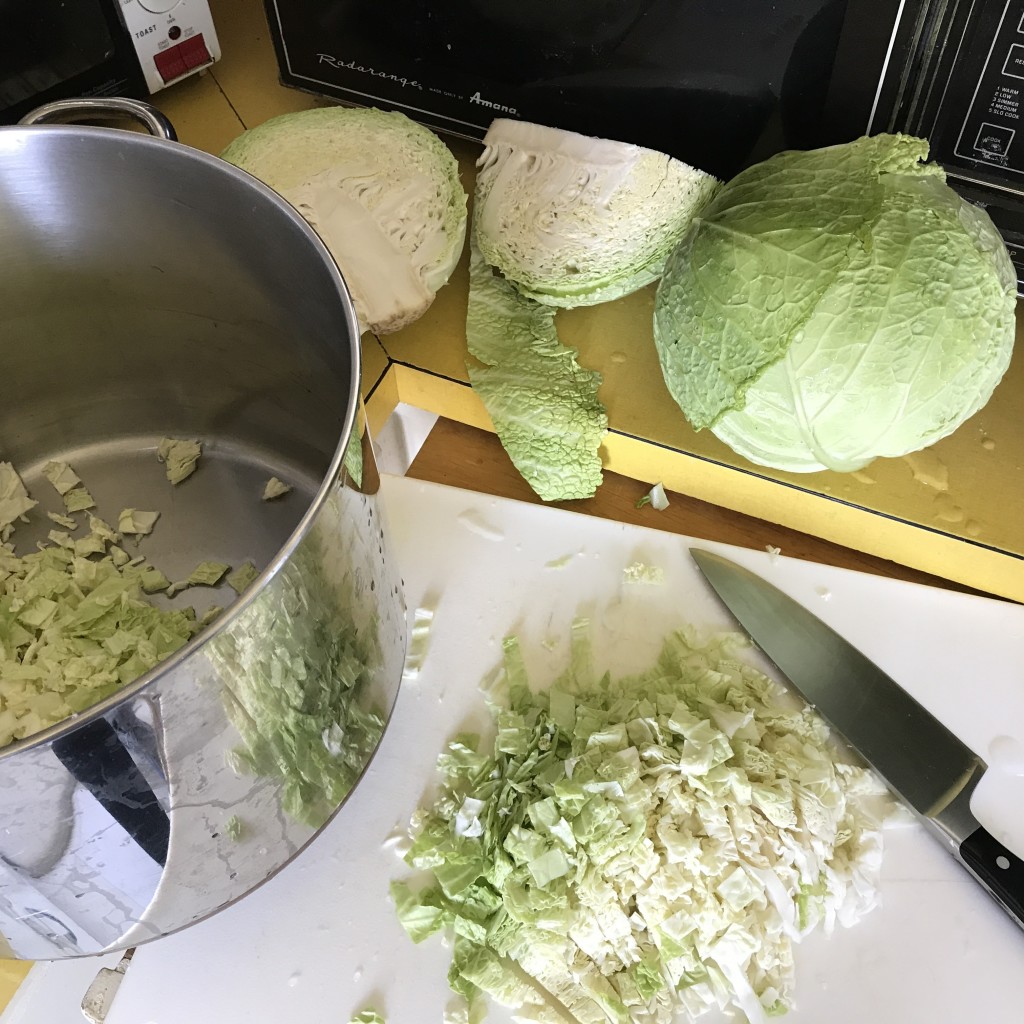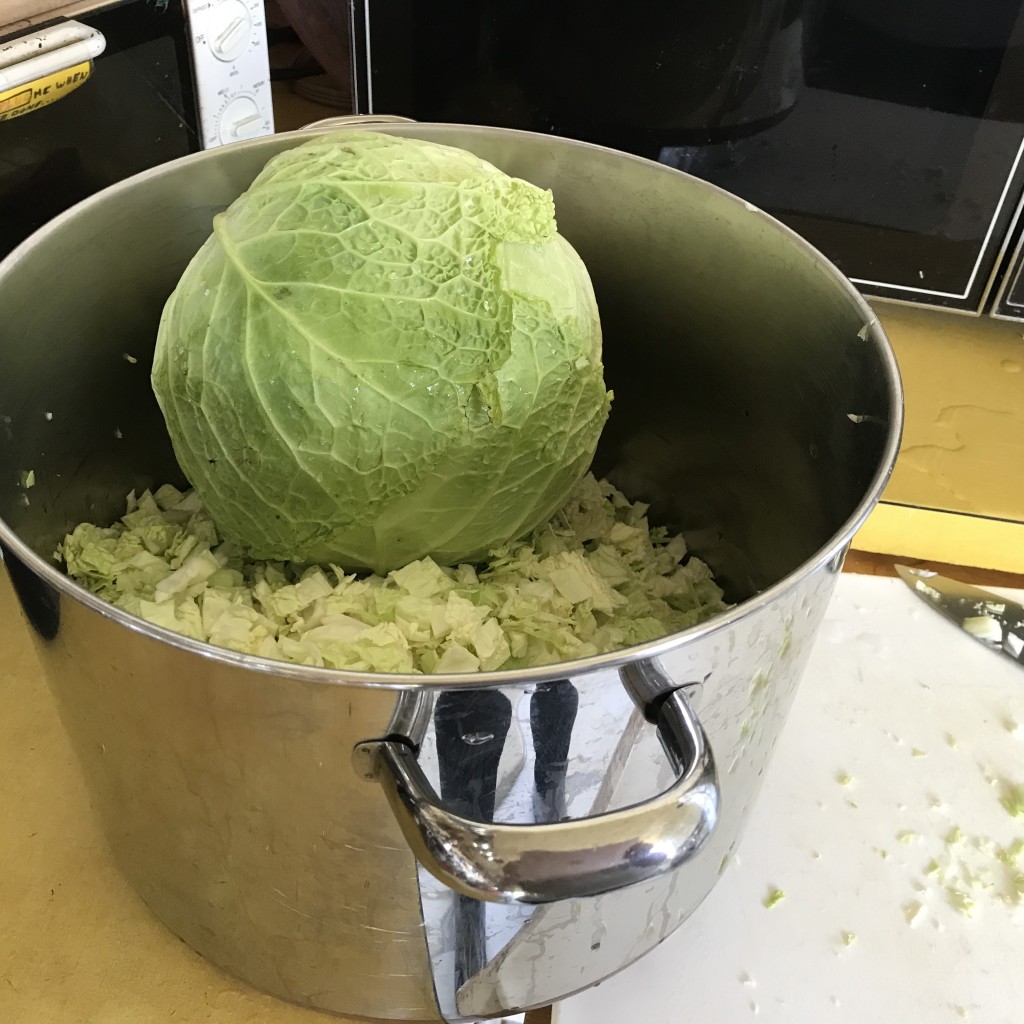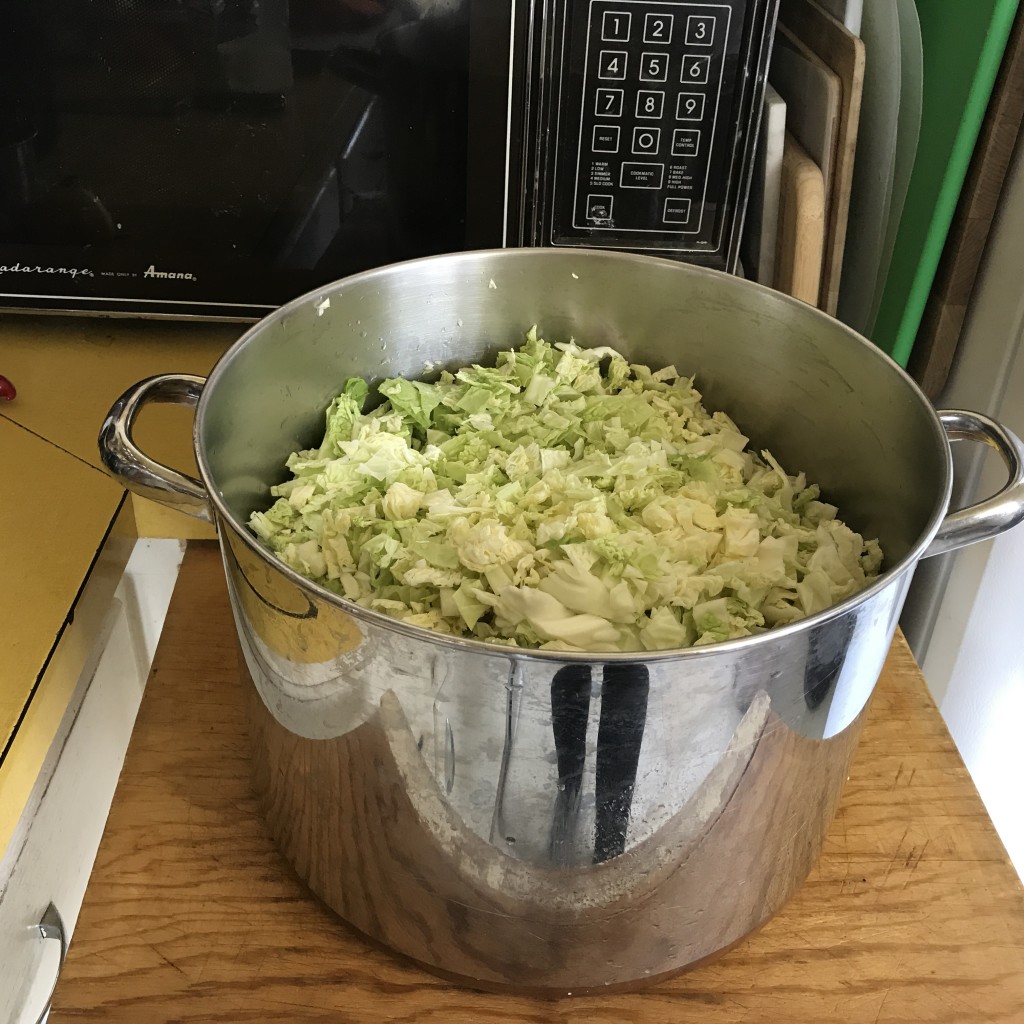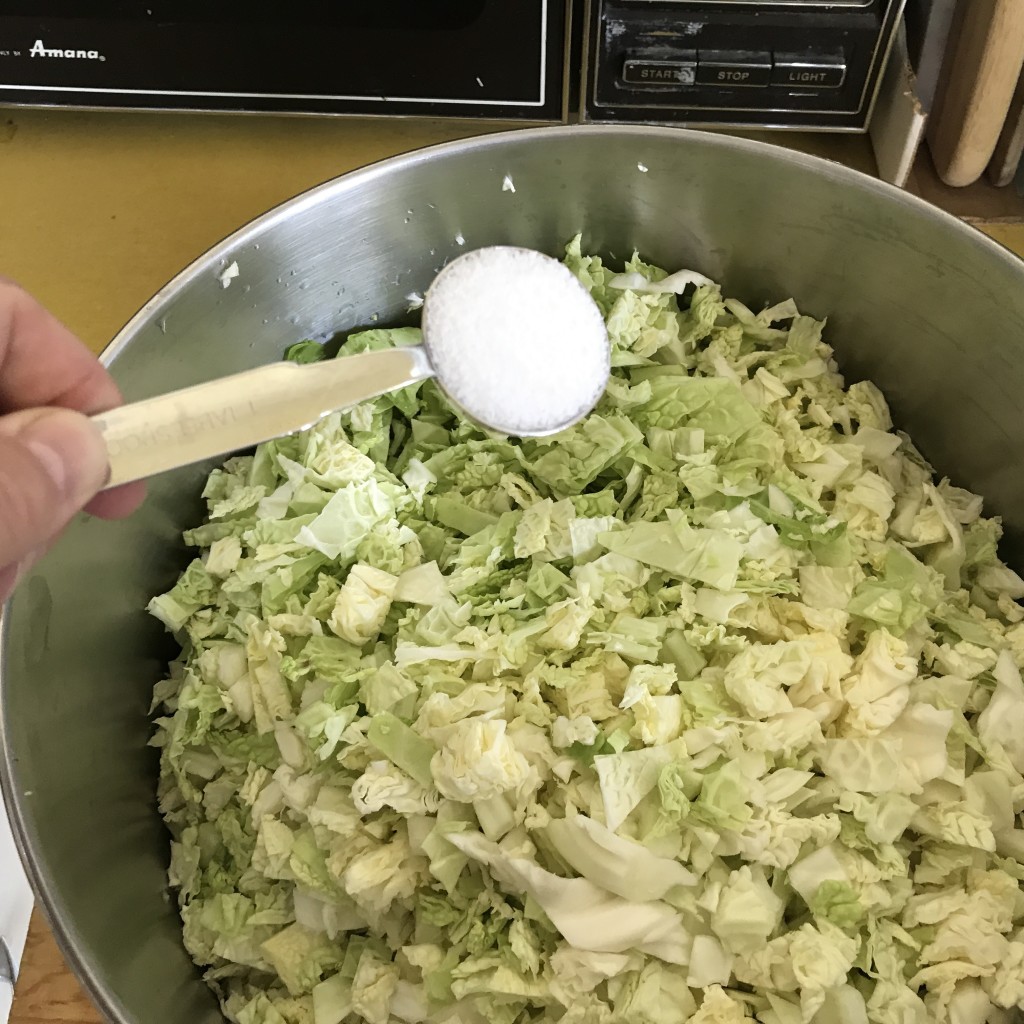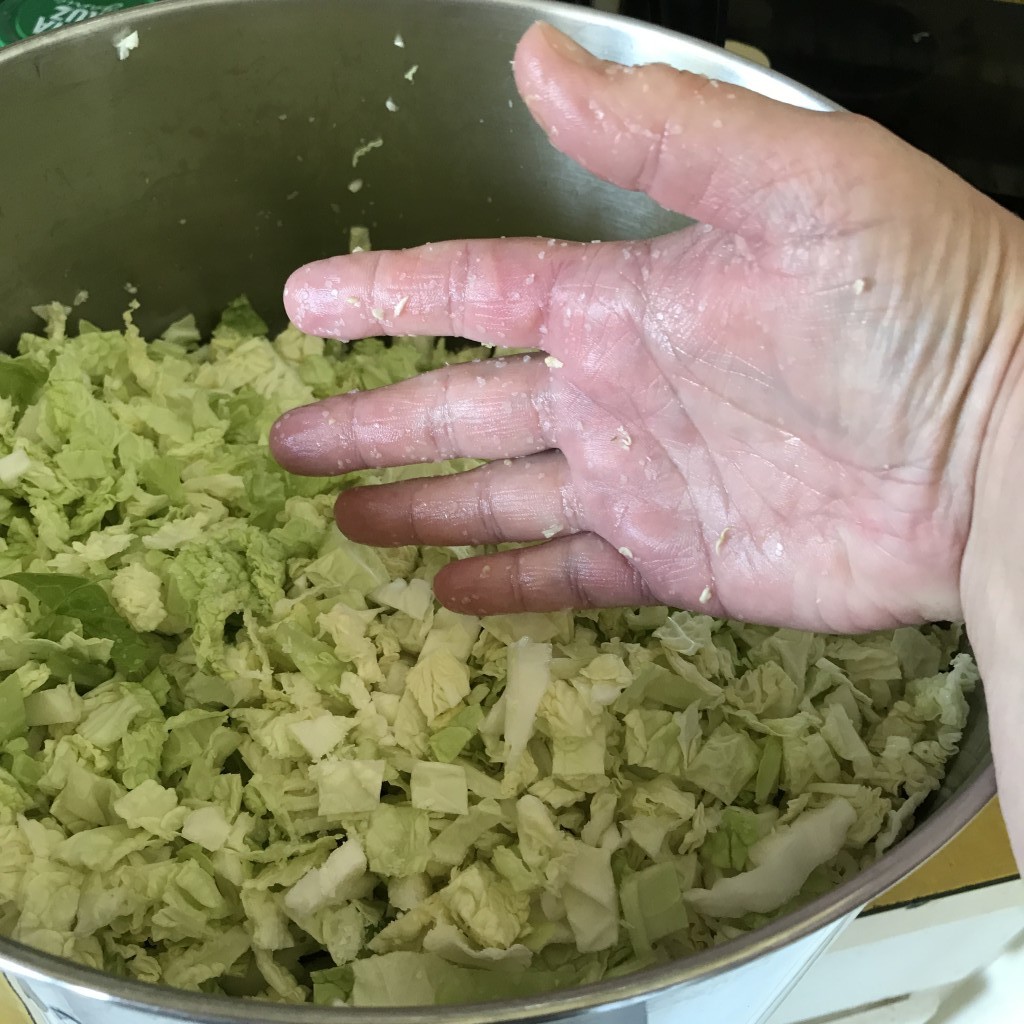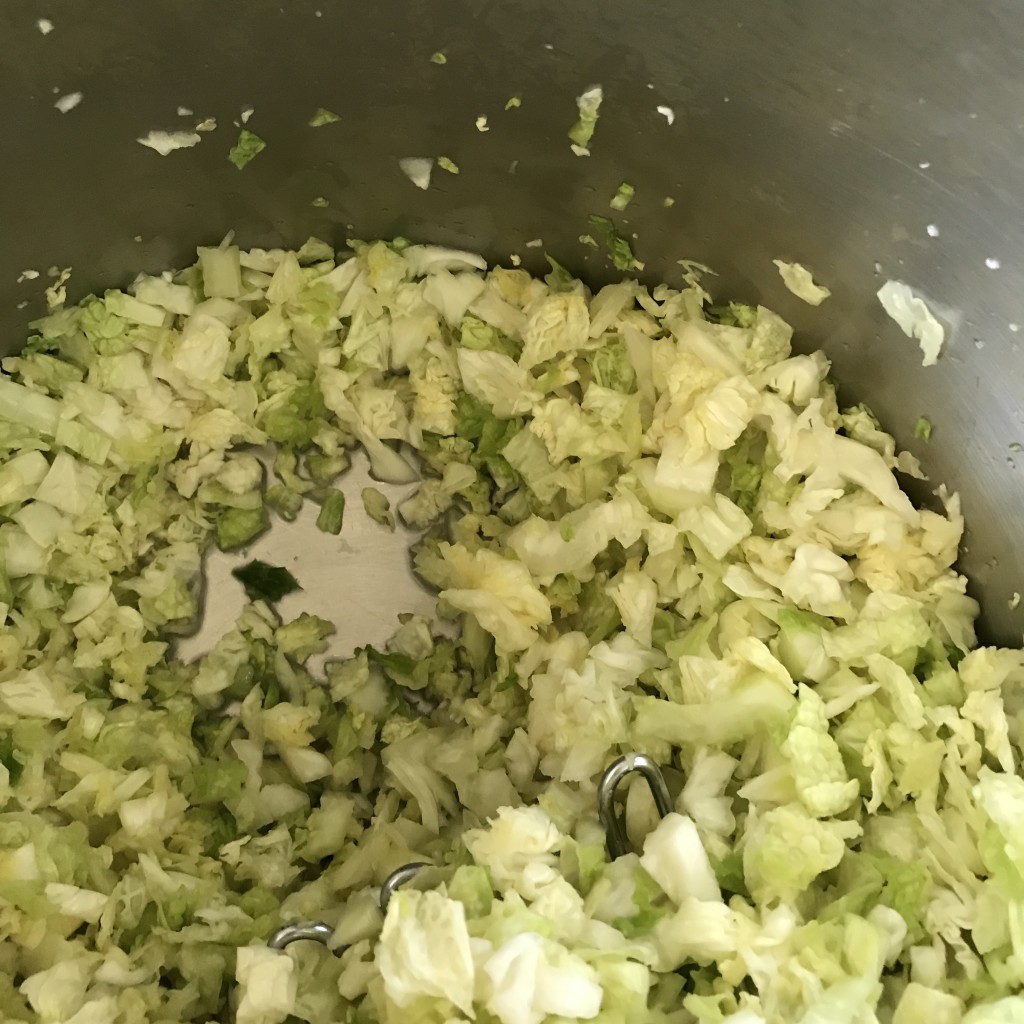The Easy Way to Create a 1/2 Scale Pattern
How to Resize a Pattern to 1/2 (or 1/4) Size
(by Tanya Cunningham — Please use attribution if you share this document.)
When using a machine knitting accessory for shaping a garment (eg KnitLeader, KnitRadar, etc), sometimes you need a pattern that is scaled from full size to 1/2 or 1/4 size. This tutorial will show you a very simple way to create a scaled pattern.
Your pattern may be one obtained by tracing an existing garment that you know is a good fit, or it may be a sewing pattern designed for stretch knits, or it may be a diagram obtained from a published knitting pattern.* Assuming your pattern piece is symmetrical, fold or cut in half vertically. You will work with only one half of the pattern. This method may not work with especially large, or asymmetrical pieces.

Sample of typical front pattern piece

Once you have your pattern divided, take a long straight edge and draw a straight line from each point where the outline changes direction to one central point. Usually the easiest central point to use is the point where the bottom edge meets the middle, vertical line. Draw a line from each of the outer points to that central point.
Now, measure each line, and locate the center, halfway point and mark it. (NOTE: If you are reducing to 1/4 size, divide the length of each line by 4, and mark 1/4 distance from the center point at the bottom edge.)

Finally, connect the half-way marks, using straight, or curved lines to match the larger pattern.

The green outline is your 1/2 scale pattern piece (1/4 scale would be even smaller.)

* A great source of knitting pattern diagrams are the free patterns found at the Garn Sudio website, www.garnstudio.com.
©2020 Tanya Cunningham/Fridamar Textiles — For personal use only

